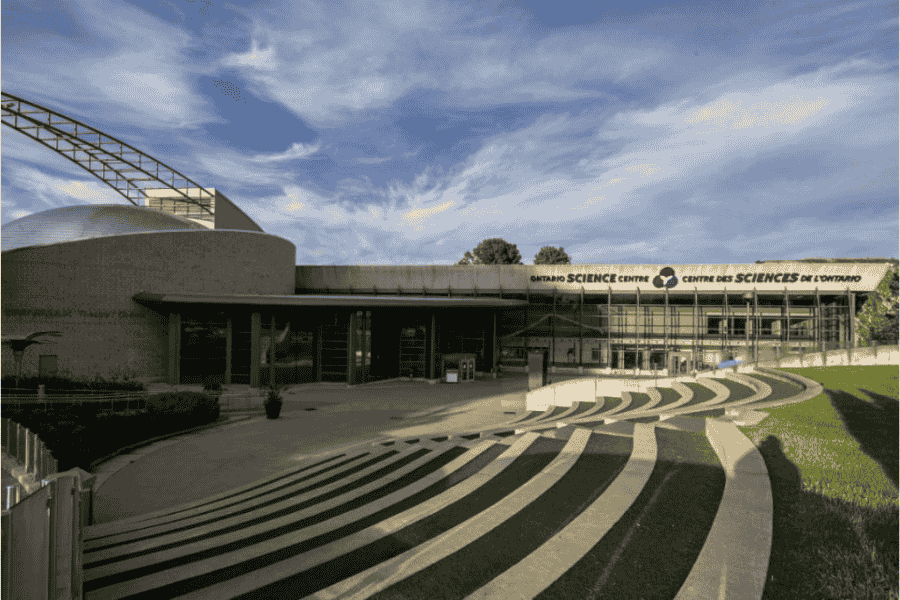Infrastructure Ontario has officially issued a Request for Proposals (RFP) for the design, construction, financing, and maintenance of the new Ontario Science Centre. Three teams have been invited to submit proposals following a rigorous qualification process.
Pre-Qualified Teams
The selected teams emerged from the Request for Qualifications (RFQ) stage, which was publicly posted in May 2024 and concluded in August 2024. The selection process evaluated expertise in design, construction, financial capacity, and project execution. The pre-qualified teams invited to submit proposals are:
Consortiums | DiscoverON Partners | EllisDon Infrastructure | Ontario Science Partners |
Applicant Leads |
|
|
|
Design Team |
|
|
|
Construction Team |
|
|
|
Facilities Management |
|
|
|
Financial Advisor |
|
| · N/A |
With the RFP now underway, the three pre-qualified teams will develop their proposals based on project requirements. The selection of the preferred proponent is expected following a comprehensive evaluation process, ensuring the delivery of a modern, sustainable, and innovative Ontario Science Centre for future generations.
Project Overview
The relocation of the Ontario Science Centre is part of the province’s broader vision to transform Ontario Place into a world-class, year-round destination. Infrastructure Ontario is collaborating with the Ministry of Infrastructure to develop a cutting-edge science facility on the mainland at Ontario Place.
Additionally, the historic Cinesphere and Pod complex will be preserved, upgraded, and incorporated into the new site.

Project Features and Educational Impact
The relocation will enhance access to science-based educational programming, fostering curiosity and innovation for future generations. This initiative aligns with Ontario Place’s original purpose as a hub for learning and discovery, reinforcing its status as a center for scientific engagement and career inspiration.
Sustainability and Green Initiatives
The new Ontario Science Centre will integrate sustainability principles, incorporating features that meet or exceed industry standards for environmental performance. The facility is being designed to achieve targets for:
Energy Use Intensity (EUI)
Operational and Embodied Greenhouse Gas Intensity (GHGI)
Thermal Energy Demand Intensity (TEDI)
Leadership in Energy and Environmental Design (LEED) Certification
Delivery Model: Design Build Finance Maintain (DBFM)
The project is being delivered through a Design Build Finance Maintain (DBFM) model, a procurement approach with public-private partnership (PPP) features, that offers several advantages:
Risk Transfer: The private sector assumes project risks over the 30-year agreement.
Cost and Schedule Certainty: DBFM ensures better predictability in budgeting and timelines.
Design and Construction Efficiencies: The model fosters innovation and optimization.
Long-Term Performance Incentives: Maintenance quality is upheld through performance-based service payments.
According to Infrastructure Ontario, historically, the DBFM procurement has been successfully implemented and delivered cost savings of approximately 15% to 22% compared to traditional project delivery methods.











